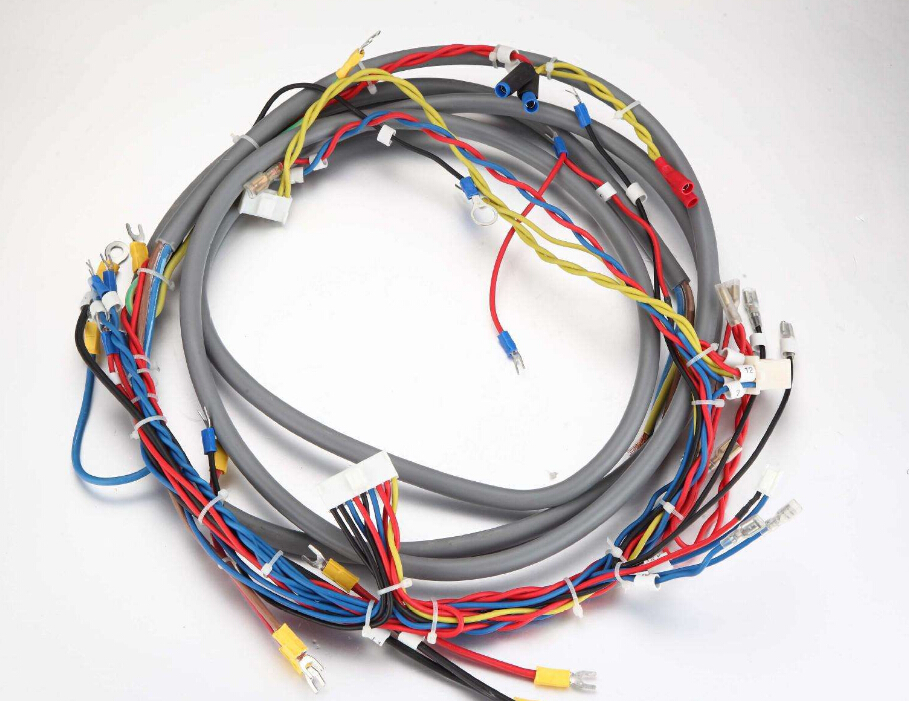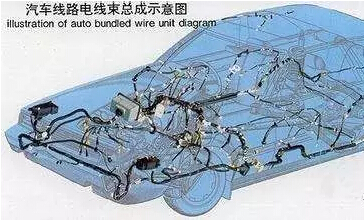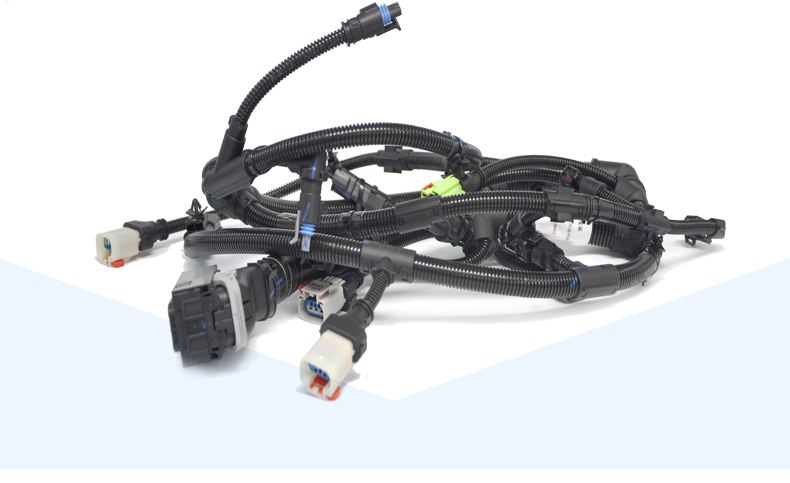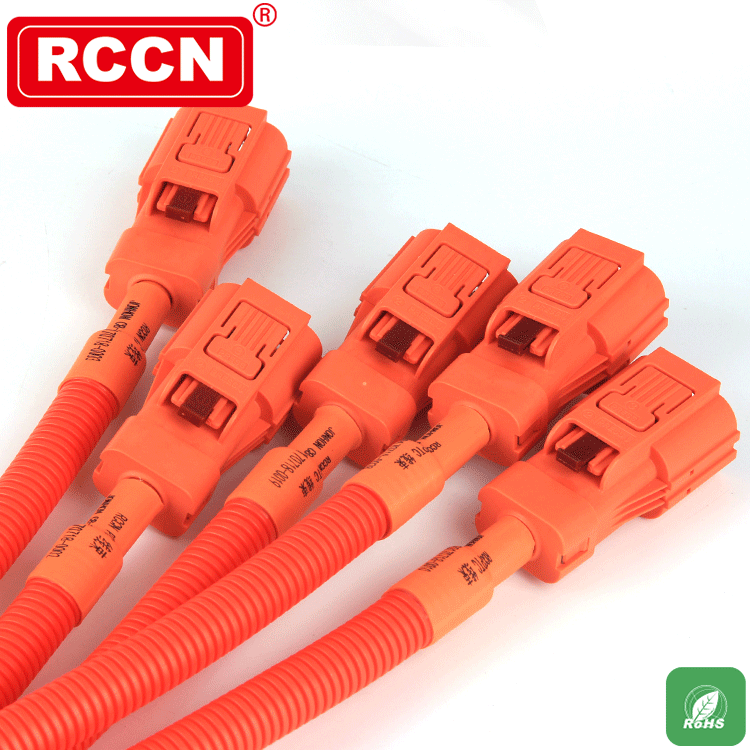With the gradual increase in the level of automotive electrification and intelligence, the number of harnesses is increasing. Although the bus technology is widely used in modern automobiles, the number of wires and connectors is further reduced, the huge harness system is streamlined, and the lightening level of the wire harness is improved, but the wire harness is the basic network body of the automobile circuit in the automotive electrical system. The status still cannot be replaced. The automotive wiring harness is distributed in various corners of the automobile, and can be divided into a cab wiring harness, a chassis wiring harness, and an engine wiring harness according to the main structure. Among them, the door harness in the cab is working for a long time under repeated expansion and contraction; the chassis harness is operated under high and low temperature and mud immersed environment for a long time; the engine harness operates under high temperature and high oil environment for most of the time, and it must bear at the moment of engine startup. Transient current impact. If the automotive wiring harness can not adapt to work in these extreme environments, it will inevitably lead to fire, short circuit, corrosion and other aging failures, and then directly affect the safety of the car, resulting in accidents. In order to ensure the safety of the car, it is particularly important to test and verify the automotive wiring harness.

Automobile wiring harness standards mainly include QCn29005-1990 "Quality Classification of Low Voltage Wire Harnesses for Automobiles" QCn29009-1991 "Technical Conditions for Wire Joints for Automobiles" and QC/T29106-2014 "Technical Conditions for Automotive Wire Harnesses". In the field of on-line testing, QC/T29106-2014 standards are mainly followed in China, but there are many deficiencies in the electrical performance test of this standard: In the test of contact voltage drop in the electrical performance test, the method mentioned in the standard is actually tested. This does not apply because the method requires more test equipment and requires measurements after thermal equilibrium, while the durability characteristics test is not mentioned in the standard. In view of the deficiencies of the standard electrical performance test in these two test items, based on the QC/T 29106-2014 standard, a new durability test and contact pressure drop test method are proposed in this paper, and these two test methods are Test verification.
















 RCCN WeChat QrCode
RCCN WeChat QrCode Mobile WebSite
Mobile WebSite







